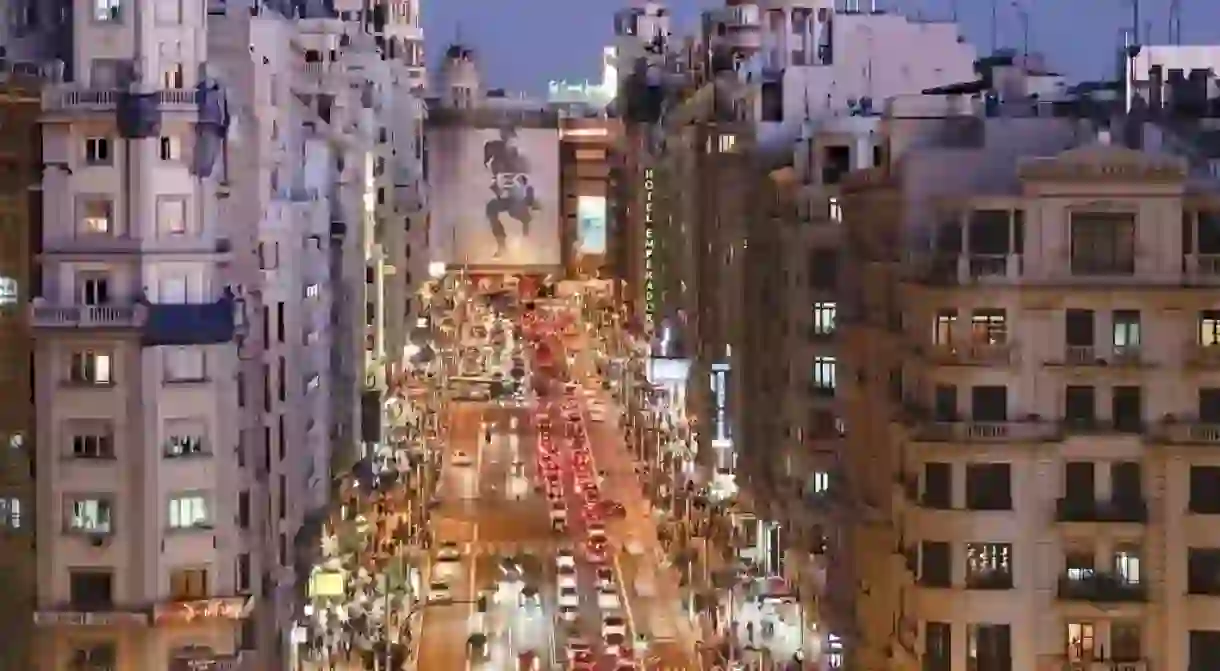A Brief Introduction to La Movida Madrileña

The Movida Madrileña, known as the ‘Madrid Scene’ in English, began in the mid-1970s after Spanish dictator Francisco Franco died. Many say the official start of the movement took place on February 9, 1980 – after the Canito Memorial Concert. The Spanish capital went through a major cultural transition, going from a dictatorship to a democracy, and the growing pains were more than just political.
As Spain slowly began to find its new identity, so did the citizens of Madrid. With a chance to finally express their newfound freedom, locals turned to things such as recreational drug use, rock and roll, homosexuality – anything that was considered taboo during Franco’s regime. Now, Madrileños finally had the freedom to live how they chose, resulting in the hedonistic culture that swept the city.
It was during this period that Madrid obtained some of it’s most famous slogans, some of which are still used today, even on Instagram as hashtags. The most well-known ones are Madrid me mata (Madrid kills me), and Madrid nunca duerme (Madrid never sleeps).

Whereas the movement wasn’t ‘led’ by any one person (perhaps it was led by the opposite, a lack of an oppressive government leader), many associate film director Pedro Almodóvar with it. He created movies expressing many of these new hedonistic themes during this period such as Pepi, Luci, Bom y otras chicas del montón (1980), Laberinto de Pasiones (1982) and What Have I Done to Deserve This?! (1984).
Music and film were both ways the movida expressed itself. Now that Madrid locals were free to make and listen to any style of music they chose, 80s music like rock n’ roll and synth-pop took over. Bands like Mecano and Alaska y los Pegamoides (later called Alaska y Dinarama) grew in popularity. With song titles like A quien le importa (What’s it to you) and Ni tú ni nadie (Not you, not anyone), the change in increased self-confidence and self-expression was palpable.
Of course, art was also essential to the movement. Street art flourished, let by grafitti artist Muelle who became famous for his signature, which could be seen on trains and walls across the city. Many famous painters and photographers started an art collective called Cascorro Factory which grew in stature over the years. Many well-known journalists also documented the movement as it developed, like Francisco Umbral who wrote for the newspaper El País.

While the movement brought wonderful freedoms, it also brought a period of indulgence and during this time, many young people became infected with AIDS or struggled with drug and addiction issues. Watching the movie El Calentito may help to understand how the movement began, continued and ended, as it follows a young girl’s journey as she discovers sex, drugs and rock n’ roll during the Madrid Scene.














